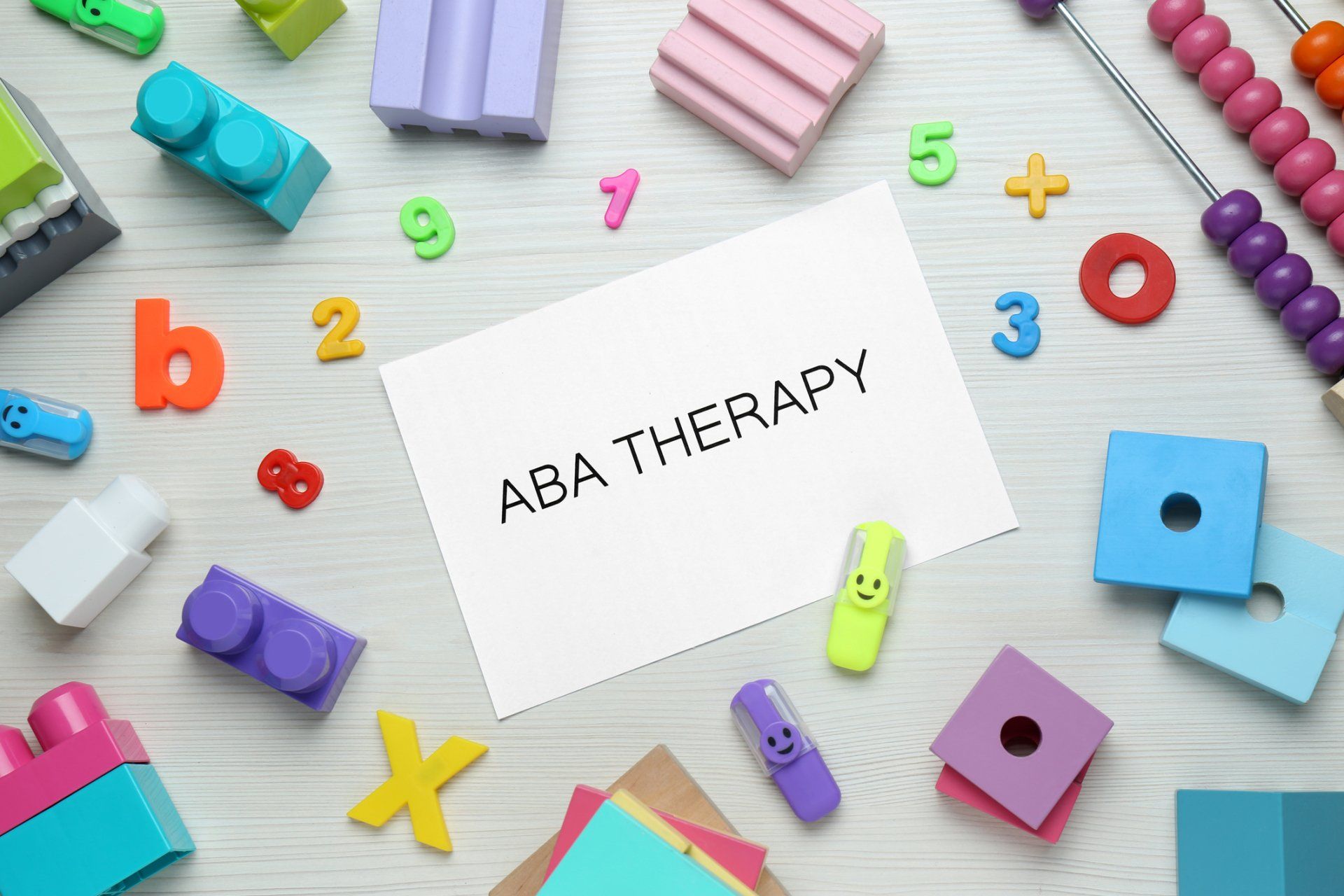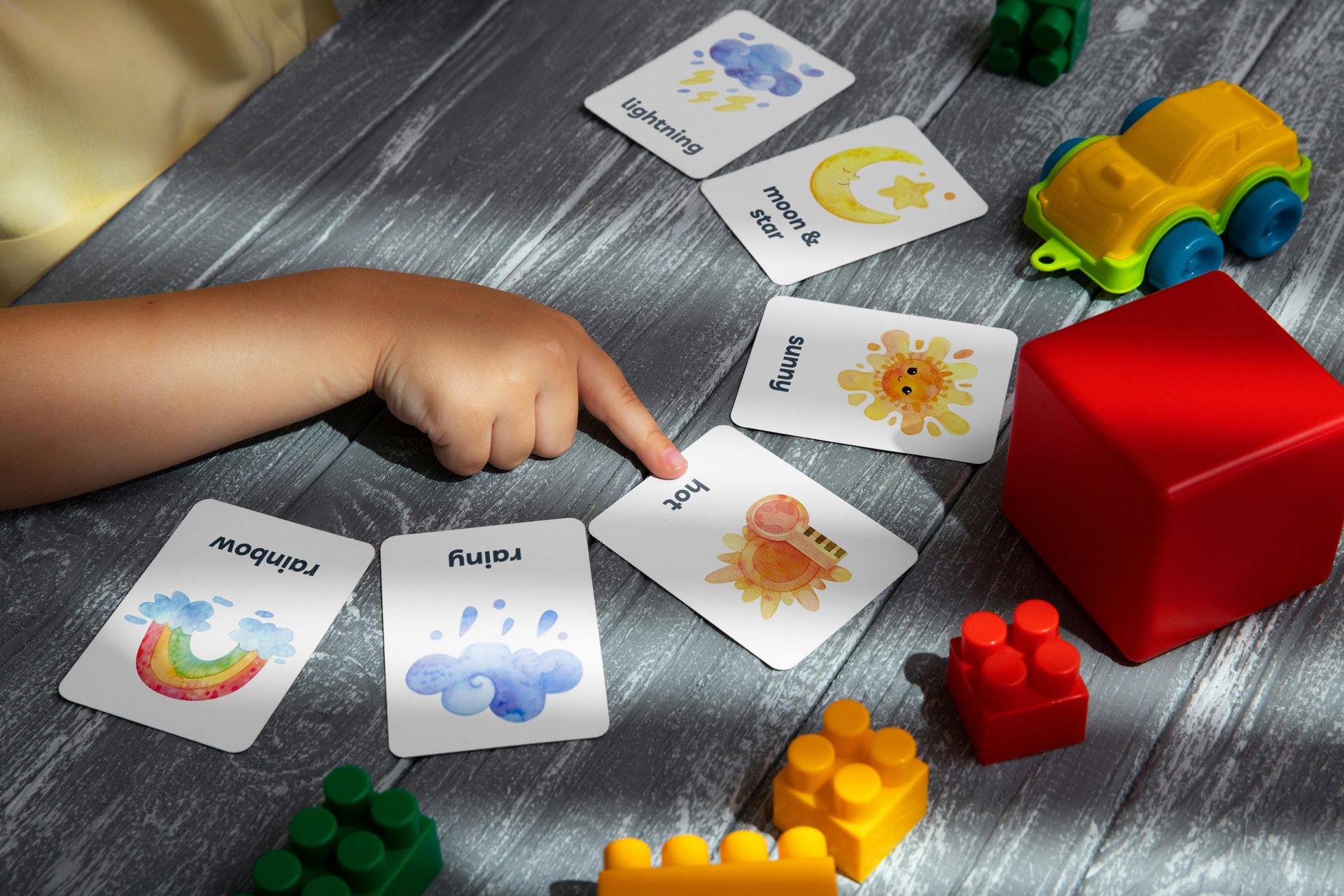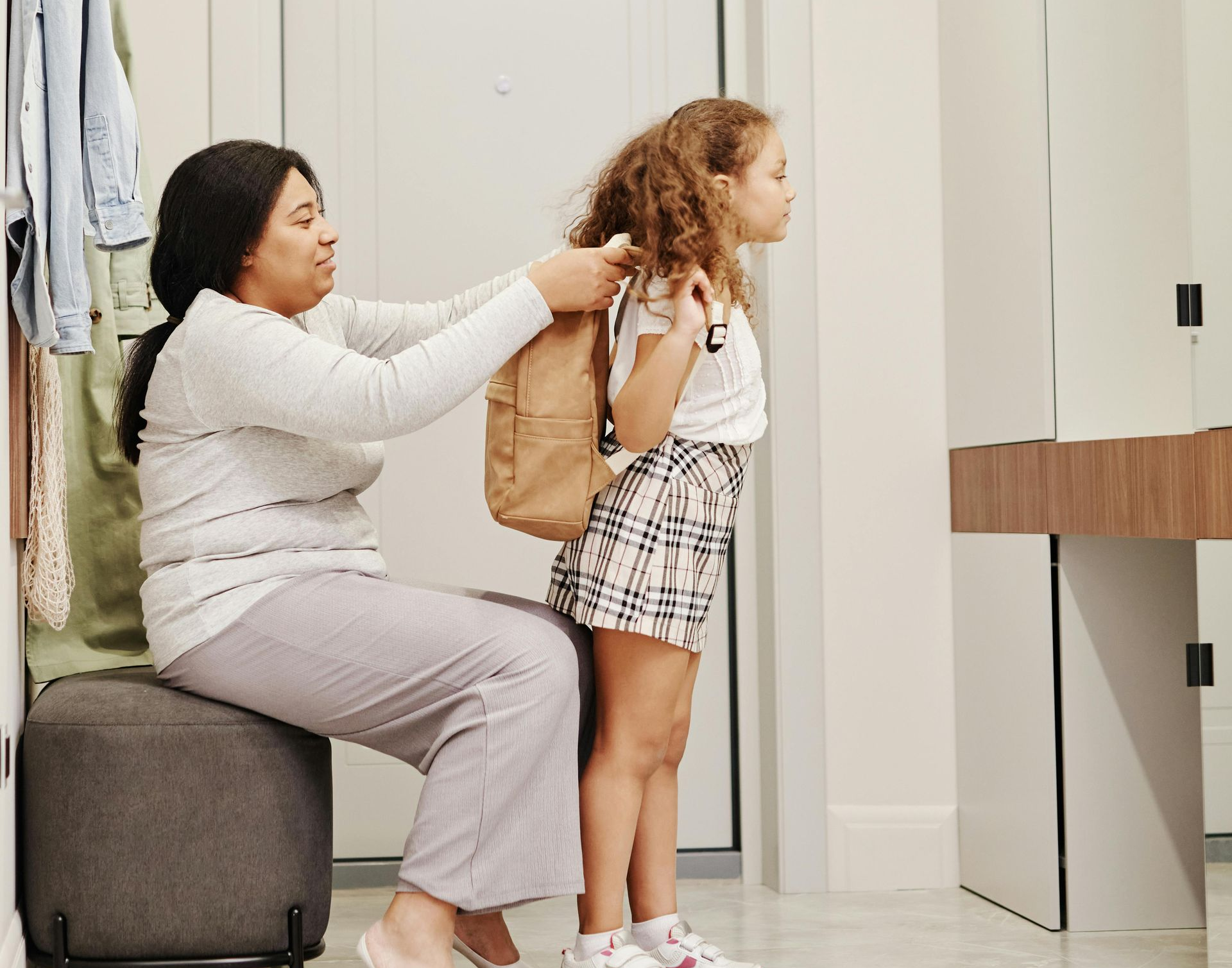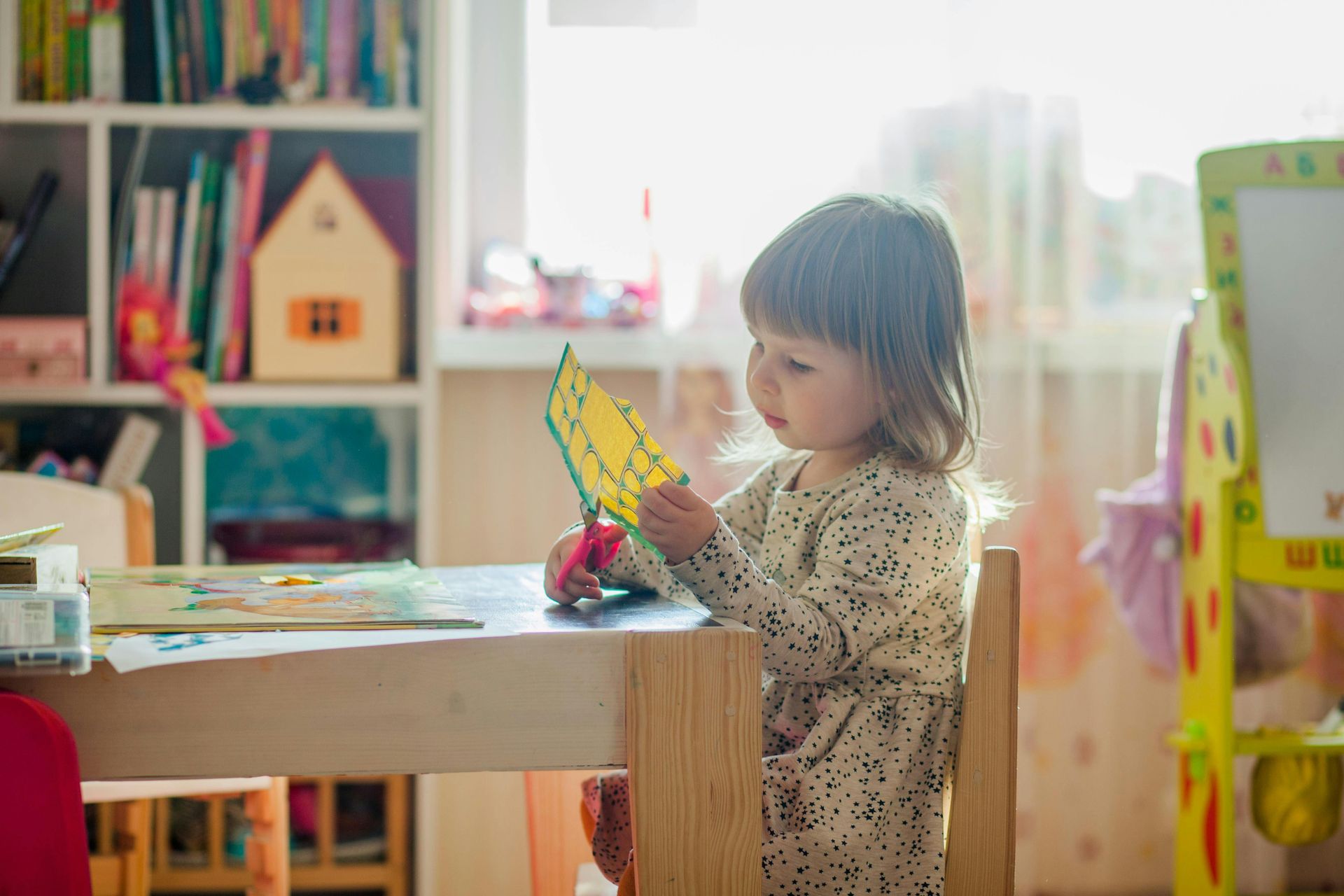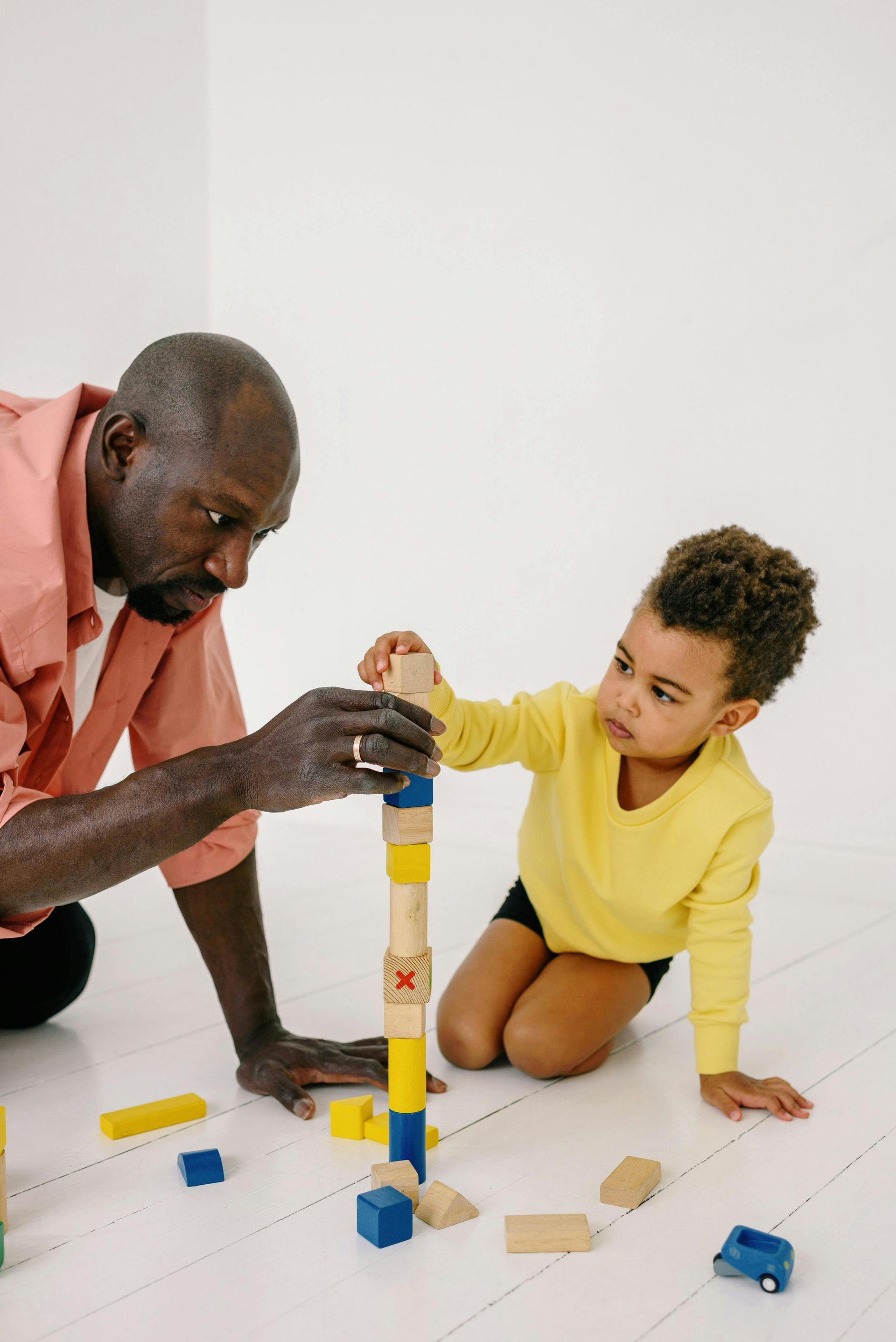How Long Should ABA Therapy Last
Many children diagnosed with Autism Spectrum Disorder benefit greatly from regular ABA or Applied Behavior Analysis therapy, which you can read about in more detail in some of our other blogs and informational articles. ABA therapy typically means several hours of sessions each week, for at least a few years.
You may be wondering how much therapy to expect—what duration and frequency of sessions should you plan for and how long can you anticipate your child needing ABA therapy? This all, of course, varies from child to child, and your child’s ABA therapist can give you the best idea of what kind of timeline may be realistic.
The most intensive tracks of ABA therapy may involve as many as 40 hours of therapy per week, with 10-30 hours being a more common range. The required hours will ideally taper down to less and less time, until eventually the goal is the child no longer needs the therapy. Be mindful that early therapy sessions may need to be longer or more often in order for the therapist to get the clearest picture of the child’s symptoms and patterns of behavior.
The DSM-5’s Three Levels of Severity
The DSM-5 (Diagnostic and Statistical Manual of Mental Disorders, Fifth Edition) is an instrument used to help diagnose ASD. It designates three distinct levels of severity. Understanding these levels may help you estimate the intensity of therapy your child may require; Level 1 typically requires fewer hours per week and a shorter duration overall, while Level 3 requires a greater intensity of therapy in terms of frequency and duration.
Level 1 - “Requires Support”
This level describes generally mild symptoms of autism. This may include having trouble transitioning to a different activity, inflexibility, struggling to plan or organize, or communication issues. Children with Level 1 ASD often go on to lead typical lives.
Level 2 - “Requires Substantial Support”
Children at this level typically have significant deficits when it comes to communication and social interactions. They may exhibit isolating behaviors that make it challenging to build relationships. Getting a quality education or job later in life may be a struggle. In many level 2 cases, ABA therapy greatly increases quality of life, but the individual will require on-going support even into adulthood.
Level 3 - “Requiring Very Substantial Support”
Level 3 often indicates that a child is dealing with additional conditions in conjunction with ASD and that their therapy may be more involved than just behavior therapy alone. Their deficits in verbal and nonverbal communication are classified as severe. Many of these individuals will need a caregiver as they lack the motor skills or have neurological issues that stand in their way to coordinate their own care.
Conclusion
In short, your child’s various symptoms and the severity of those symptoms will influence the amounts of therapy they may need. Speak with a therapist here at Positive Reinforcement for more information on ABA therapy, its benefits, and its possible duration for your child. Serving North Virginia, West Virginia and parts of Kentucky

